‘The Thing:’ a Soviet children’s gift with a sinister purpose
- By Sandboxx
Share This Article
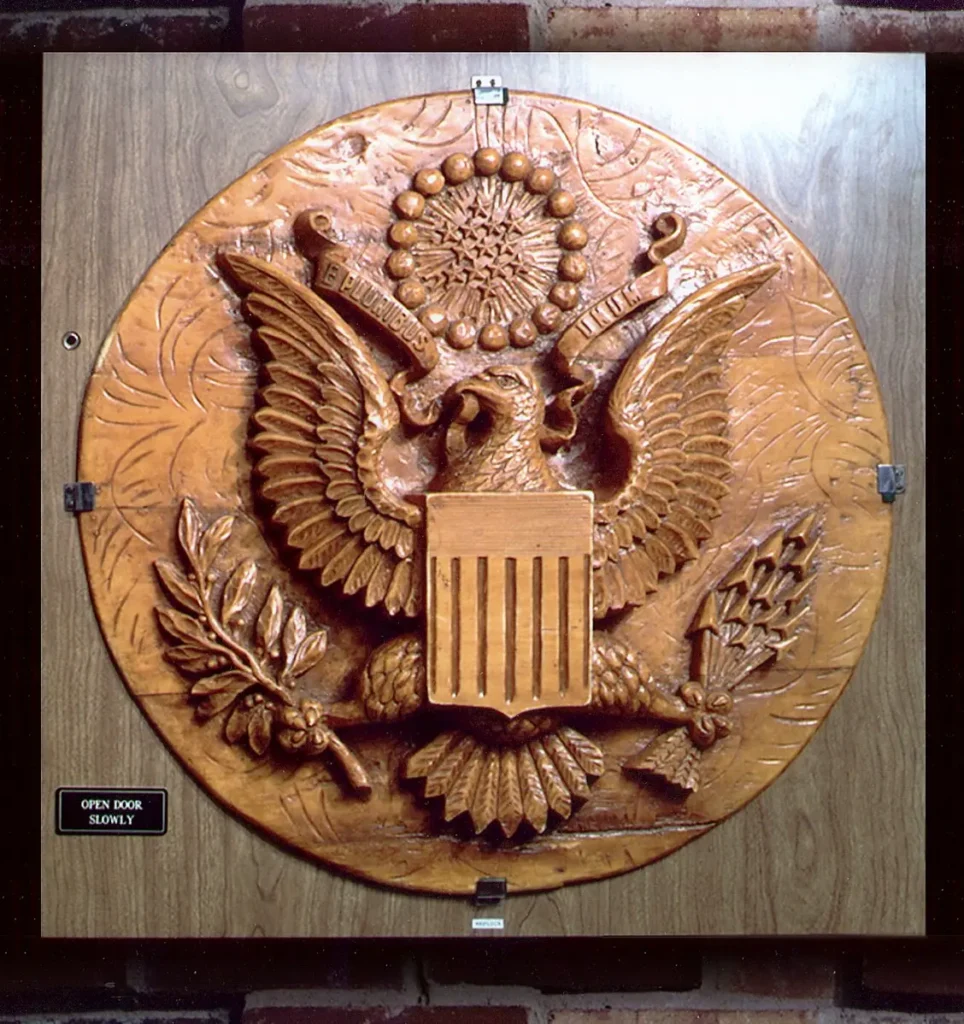
Intelligence is a weapon that can win or lose wars. The side with the better intelligence can outsmart an adversary and deal catastrophic blows. Israel’s recent deep penetration of the Iranian military, political, and scientific communities and the actionable intelligence against Tehran’s nuclear program that this penetration produced is a prime example of how intelligence can shape the course of a conflict.
The Cold War, that monumental struggle between the West and the Soviet Union, gave us some of the most fascinating intelligence stories in history. The CIA and KGB were engaged in a never-ending battle to outwit each other with new contraptions or better tradecraft. And one of the most interesting stories to come out of that intelligence war has to do with a children’s gift.
A few weeks before the end of World War II, a delegation of children from the Vladimir Lenin All-Union Pioneer Organization, a Communist youth organization somewhat similar to the Boy Scouts, presented W. Averell Harriman, the U.S. ambassador to the Soviet Union, with a carved wooden plaque of the Great Seal of the United States.
The carved wooden replica of the great seal was an acknowledgement of American-Soviet friendship. Little did the American diplomats know that the gift held a more sinister purpose.
The carved wooden replica of the great seal hadn’t been made by Russian third graders but the KGB, and it contained a resonant cavity microphone that was designed to overhear the classified discussions of U.S. diplomats.

The device consisted of a copper cylinder with a silver-plated interior that acted as a resonant cavity in which the microphone was placed. A soft metal membrane was placed in front of the Coca-Cola can-looking cylinder. Sounds, like moving or talking, in the proximity would cause the membrane to vibrate and transmit a signal that could be captured by a surveillance team outside the building.
The man behind the ingenious device was Léon Theremin, who also invented the Theremin, an electronic musical instrument that can be played without any physical contact. Born in Saint Petersburg, Theremin came to the U.S in the 1920s to work and invent musical instruments. But in 1938, one year before World War II broke out, he suddenly left America and returned to the Soviet Union after some financial and tax issues.
Once back there, Theremin was thrown into the brutal gulag prison system and worked in a covert laboratory with other incarcerated engineers and scientists. Nine years later, in 1947, Theremin was released and continued working for the NKVD and later its successor, the KGB. Besides “The Thing,” Theremin developed “Buran,” an infrared microphone.
A gift from us to you
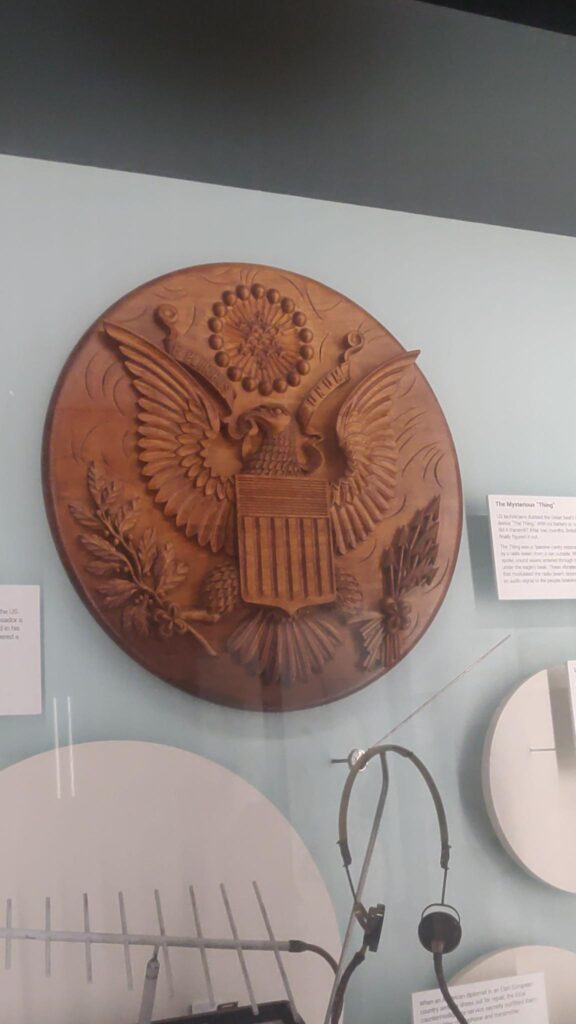
American and British diplomats and intelligence officers working in the Eastern bloc were always aware that the KGB was tracking their movements and encounters. But at the onset of the Cold War, few could imagine the lengths to which the Russians had already gone to eavesdrop on the classified diplomatic correspondence and talk behind the embassy’s doors.
However, the KGB operation was foiled by sheer fortune. In 1951, a British military officer at the British embassy was listening to some open Soviet channels when he overheard in the background voices speaking in English with American accents. He then realized that he was listening, through Soviet channels, to someone in the American embassy.
A few months later, a U.S. military officer had a similar encounter while listening to Soviet channels; he overheard a discussion that seemed to come from the Spaso House, the U.S. ambassador’s private residence in Moscow. He reported his audio findings, and a State Department specialist was able to reproduce the results. To their amazement, they could hear U.S. diplomats having classified discussions.
The State Department decided to get to the bottom of it and sent two additional security specialists to check for bugs. They found nothing. Then, in 1952, George Kennan became the new U.S. ambassador to the Soviet Union. Suspicious of the Soviets, he requested additional sweeps for bugs at the embassy and Spaso House. State Department security specialists once more came short and found nothing. That was until Joseph Bezjian, a creative security specialist, took the initiative and sought to catch the KGB unawares.
Related: Is TikTok spying on you and sending your information to China?
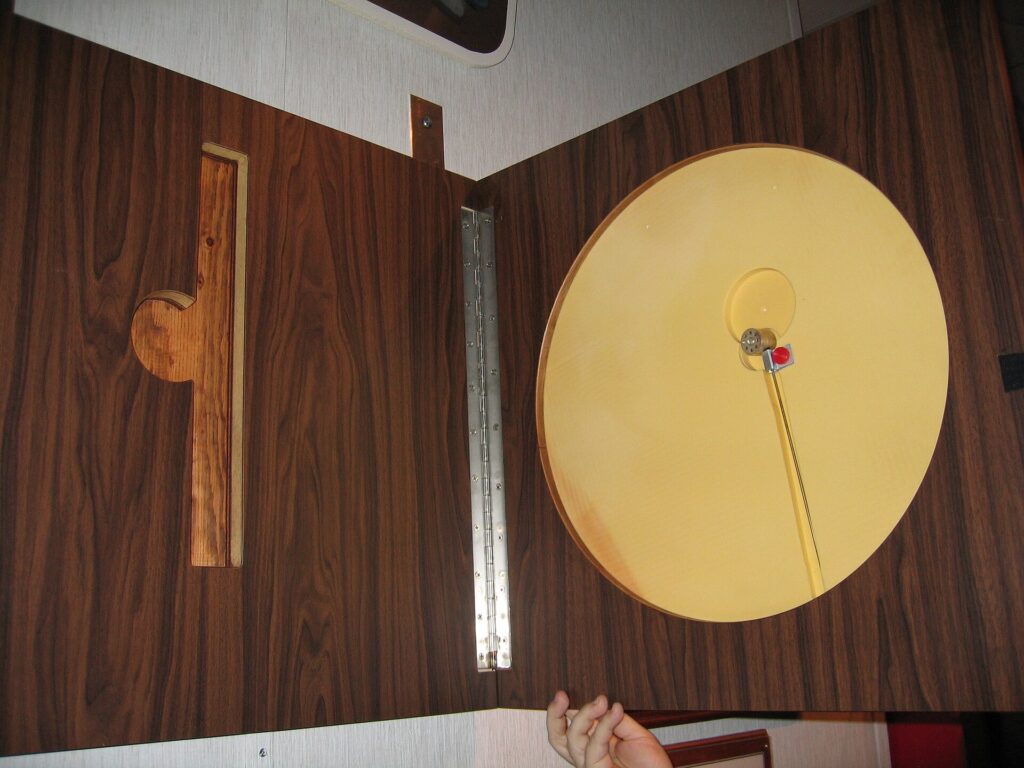
Instead of flying in Moscow on an official visit, Bezjian flew as a house guest of Ambassador Kennan and sent his equipment beforehand. Then he and Kennan arranged an ambush to lure the Russians out. Kennan dictated an unclassified memo while Bezjian was sweeping his study for a bug. His technical devices honed in on a carved wooden replica of the Great Seal of the United States that hung on the wall in the ambassador’s study.
Bezjian inspected the replica and found that he could open it. Inside, he found the device mounted in a special cavity. Fearing that the Soviets would attempt to steal it and thus save face from the imminent diplomatic embarrassment, Bezjian slept with it before sending it back to the U.S. first thing the next day.
When the FBI agents received the device, they found something that resembled a microphone with an attached antenna. There were no cables, wires, batteries, or external power sources. Dumbfounded by the Soviet bug and unable to officially identify what it was, they called it “The Thing” and sent it to the Naval Research Lab.
To be sure, intelligence services planting bugs in everyday objects has been a common practice throughout the years. For example, during the Cold War, the KGB tried every trick on and off the book to bug the U.S. and British embassies in Moscow and the other capitals of the Eastern bloc. During one such attempt, they placed a small listening device inside typewriters so they could listen to what American and British diplomats were writing.
From 1945 to 1952, before it was discovered, “The Thing” eavesdropped on the classified and confidential discussions of four U.S. ambassadors and of Secretary of State George Marshall, the man behind the “Marshall Plan,” who visited Moscow in 1947 for a council of foreign ministers. The damage wrought by the eavesdropping device remains untold.
Feature Image: The Great Seal that contained the Soviet listening device “The Thing.” (NSA)
Read more from Sandboxx News
- The unassuming Beretta Model 71 was the pistol of choice for some of Israel’s best units
- How the military has influenced fashion through the decades
- How Green Berets jumped from planes with a man-portable atomic bomb during the Cold War
- The Navy’s plan for its next trainer jet shows how carrier aviation has changed
- How an F-15E scored its only air-to-air kill… with a bomb
Related Posts
Sandboxx News Merch
-

‘Sandboxx News’ Dad Hat
$27.00 Select options This product has multiple variants. The options may be chosen on the product page -

‘AirPower’ Golf Rope Hat
$31.00 Select options This product has multiple variants. The options may be chosen on the product page -

F-35 ‘Lightning’ Framed Poster
$45.00 – $111.00 Select options This product has multiple variants. The options may be chosen on the product page

Sandboxx
The editorial team at Sandboxx.
Related to: Military History
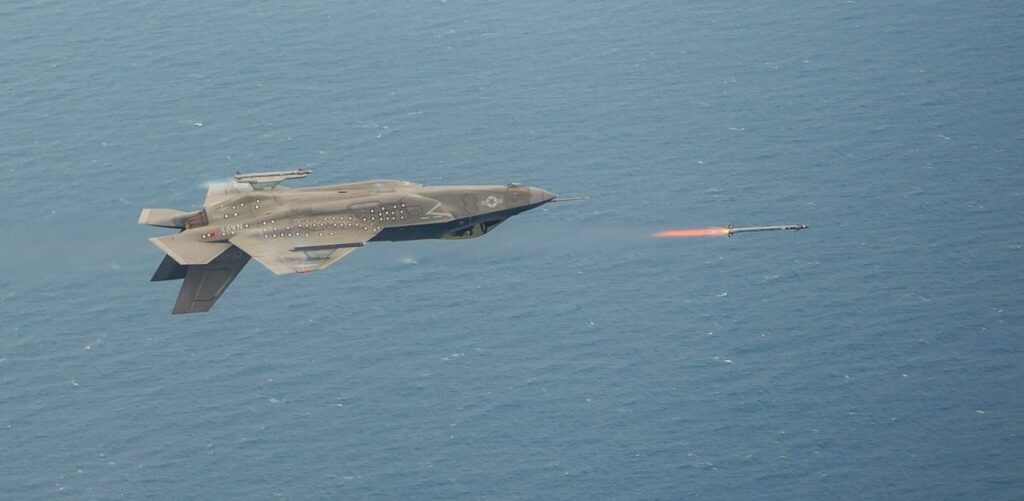
The gravity of the situation: How to fly a fighter upside down
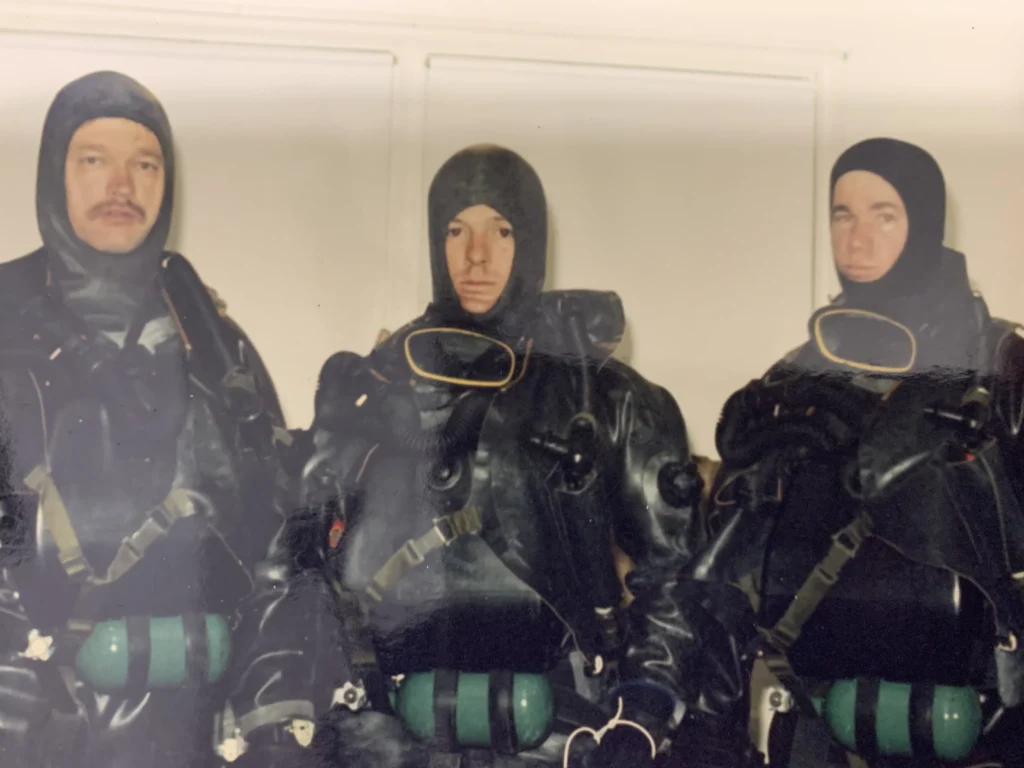
Airborne adventures with a Green Beret Combat Dive Team

Legendary US Army Ranger William ‘Doc’ Donovan achieves very rare special operations honor

Sandboxx News
-

‘Sandboxx News’ Trucker Cap
$27.00 Select options This product has multiple variants. The options may be chosen on the product page -

‘AirPower’ Classic Hoodie
$46.00 – $48.00 Select options This product has multiple variants. The options may be chosen on the product page -

‘AirPower’ Golf Rope Hat
$31.00 Select options This product has multiple variants. The options may be chosen on the product page -

‘Sandboxx News’ Dad Hat
$27.00 Select options This product has multiple variants. The options may be chosen on the product page
